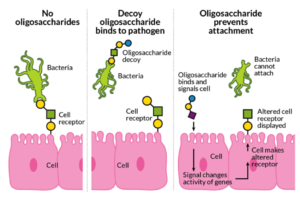Contributed by Azarene Foutouhi
Many site-specific micro biomes of the Human body have been well established and studied in an effort to develop micro biome targeted diagnostics and individualized medicine. In general, these communities reach maturation around 2-4 years of life, and recent studies have found that changes a child’s oral microbiome, more specifically its maturity, are predictive of oral disease well in advance of the appearance of dental caries.
Dental caries are the most common form of oral disease in children, and puts and individual at a significantly higher risk for developing caries as an adult. While previously it has been difficult to predict cavities in healthy children, a study which tracked the development of the oral microbiomes over the course of 2 years of 50 children with similar meal plans and oral hygiene found that children with less mature oral microbiomes had more severe dental caries. Parallel effects have been found in studies of the maturation of the gut microbiome, in which malnutrition has been associated with a less developed microbiome.
By looking at certain groups of microbes within the oral microbiome, researchers developed a model that could predict which child will develop dental caries with over 80% accuracy. The importance of the microbiome in diagnostic medicine is especially clear in this case, as an idividual’s oral microbiome could alert a dentist to disease before any outward signs become apparent, when preventative measures are still available.
http://www.the-scientist.com/?articles.view/articleNo/43952/title/Telltale-Mouth-Microbes/


